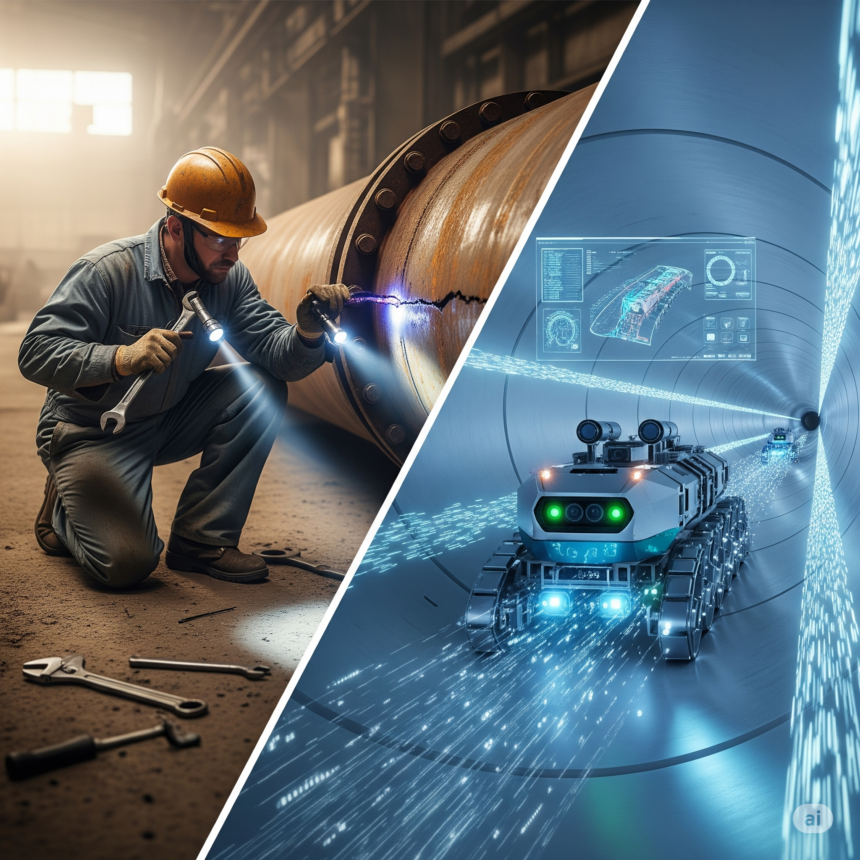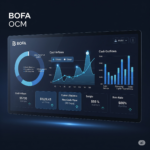In the world of industrial maintenance and infrastructure management, pipeline inspection is a critical task that ensures safety, efficiency, and longevity of piping systems. Over the years, the tools and technologies used to inspect and maintain pipelines have evolved dramatically—from manual methods to sophisticated automated systems. This transformation has revolutionized the industry, making inspections faster, safer, and more accurate.
The Early Days: Manual Inspection Methods
Initially, pipeline inspection relied heavily on manual methods. Workers would physically enter pipelines or use rudimentary tools to identify issues like corrosion, blockages, or leaks. These methods were often time-consuming, hazardous, and limited in scope. Manual inspections posed risks to personnel due to confined space entry and potential exposure to harmful substances.
The Rise of Mechanical and Semi-Automated Crawler Systems
As technology advanced, mechanical devices known as crawler systems emerged. These robotic devices could navigate pipelines, capturing images or collecting data on corrosion, cracks, and other defects. Semi-automated crawlers improved inspection accuracy and reduced human risk, but they still required significant manual control and oversight.
The Shift to Fully Automated Pipe Crawlers
Today, the industry is witnessing a paradigm shift towards fully automated pipe crawlers. These sophisticated robots are equipped with advanced sensors, cameras, and navigation systems that enable autonomous operation within complex pipeline networks. They can traverse long distances, capture high-resolution images, and transmit data in real-time to operators.
Key Features of Modern Automated Pipe Crawlers:
- Autonomous Navigation: Using GPS, inertial measurement units (IMUs), and machine learning algorithms, modern crawlers can navigate pipelines without human intervention.
- Advanced Sensors: Incorporating ultrasonic, magnetic flux leakage, and other sensors allows for detailed defect detection.
- High-Resolution Imaging: Equipped with HD cameras, these crawlers provide clear visuals of pipeline interiors.
- Data Integration: Automated systems can analyze and store vast amounts of data, facilitating predictive maintenance and decision-making.
Benefits of Automation in Pipeline Inspection
- Enhanced Safety: Eliminates the need for personnel to enter confined or hazardous spaces.
- Increased Efficiency: Faster inspections with minimal downtime.
- Higher Accuracy: Precise defect detection and comprehensive data collection.
- Cost Savings: Reduced labor costs and early detection of issues prevent costly repairs.
Future Trends and Innovations
The evolution continues with integration of artificial intelligence (AI), machine learning, and IoT connectivity, making pipe crawlers smarter and more autonomous than ever before. These advancements promise to further improve inspection precision, predictive analytics, and maintenance scheduling.
Connecting with Industry Experts
For companies seeking cutting-edge pipeline inspection solutions, investing in automated pipe crawler technology is a game-changer. Whether upgrading existing systems or developing new inspection protocols, staying ahead of technological trends is essential.
Learn more about innovative technology and solutions at owngaming.co.uk. We are committed to providing the latest insights and tools to support your industrial and infrastructure needs.












